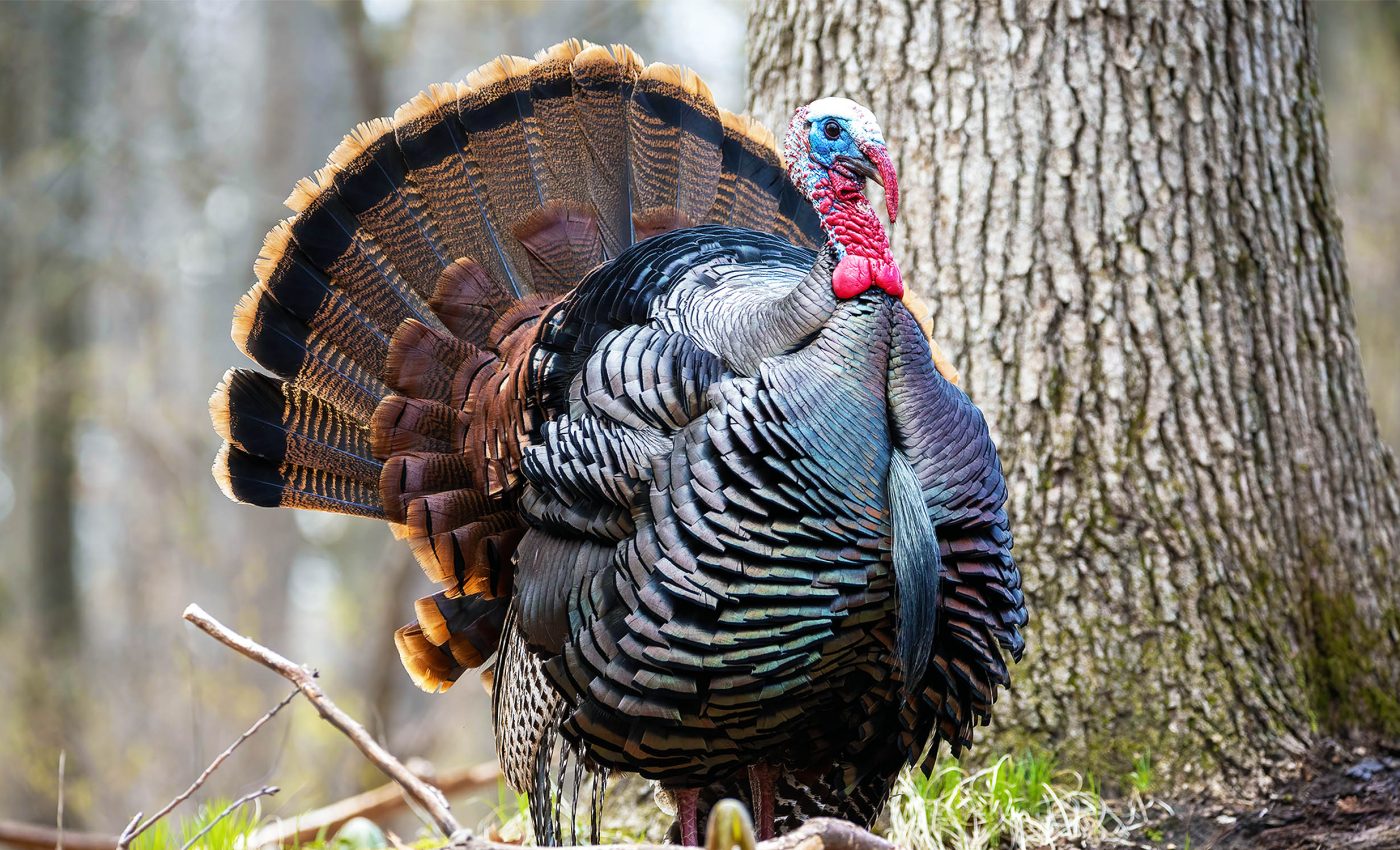
There’s a lot more to turkeys than stuffing, cranberry sauce, and gravy boats. These impressive fowl, central to our festive Thanksgiving dinner tables, are becoming increasingly elusive for hunters.
Recent research from the University of Georgia (UGA) suggests that, if hunters and their prey keep up their present patterns of behavior, we might be set for a slightly less traditional holiday spread in future.
Turkeys’ response to hunters
Scientists led by Nickolas Gulotta, a Ph.D. student in UGA‘s Warnell School of Forestry and Natural Resources, have been studying how wild turkeys change their behavior in response to the presence of hunters and predators.
The researchers tracked 109 wild male turkeys throughout wildlife conservation areas in Georgia and observed how hunters and natural predators influenced their movements in what is a high-risk dance of survival.
Brave turkeys are easy targets
Turns out, the turkeys exhibiting daring behaviors often found themselves on the wrong end of a shotgun or in the paw of a prowling predator.
The brave birds were frequently seen near open spaces and popular hunting trails. They loved to hang out near parked cars, make a ruckus, and strut their stuff – all of which makes them easy prey.
“If turkeys are closer to these open areas, it’s going to be easier for both a hunter and a predator to detect them. Across both study sites in general, turkeys that took more risks were more likely to be harvested,” Gulotta said, painting a vivid picture.
Turkeys adapt for survival
Turkeys eventually learn from the fate of their brave, fallen brethren and start adapting to the selective pressure. They adopt less risky behaviors that make them less detectable.
This learning curve could possibly render future turkey hunting seasons fruitless and may require hunters to think outside the box and exercise patience.
“The turkeys closer to areas that hunters use are the ones that are harvested. So, if we continue to harvest them like that across the Southeast, there’s potential that we could shift the behavioral strategies of wild turkeys making them more difficult to harvest,” noted Gulotta.
A balancing act for survival
While the turkeys that outsmart hunters during their hunting spree seem to have cracked the code to survival, they face another looming threat – natural predators.
When the hunters are off-duty, predators take the stage, making survival a constant game of chess for these birds.
“If turkeys stay in the same area and don’t travel a lot, then they’re going to be more likely to be detected by a predator,” said Gulotta. “It’s kind of a catch-22 where if they can survive that hunting season, they’re most likely going to be fine.”
Long-term shifts in turkey behavior
The game of survival is not just a matter of individual variance among turkeys. Long-term shifts in turkey behavior, driven by hunting pressure, could lead to a significant dip in hunting license sales, which would negatively impact hunter satisfaction.
The study suggests the need for hunting strategies that reflect local conditions and take into consideration the behavioral strategies of wild turkeys.
Gulotta, along with co-authors Patrick Wightman and Michael Chamberlain from UGA’s Warnell School of Forestry and Natural Resources, and Bret Collier from Louisiana State University, bring to light a fascinating dimension of the hunting dynamic.
Their study, recently published in the journal Royal Society Open Science, is a wake-up call to refine the hunter-prey dance in a way that ensures a steady supply of Thanksgiving‘s mainstay for future holiday feasts.
Practices to reduce hunting pressure
To mitigate the unintended consequences of behavioral adaptation in turkeys, wildlife management and conservation strategies must also change.
One potential approach includes implementing rotational hunting areas to reduce hunting pressure in specific regions. This method could give turkey populations the chance to recover and exhibit a natural range of behaviors without ongoing disturbance.
Additionally, better education for hunters on ethical practices and sustainable hunting can foster an equilibrium between hunting traditions and the long-term survival of wild turkeys.
By understanding the delicate interplay between pressure and adaptation, conservationists and hunters can work together to ensure both the preservation of the species and the continuation of cherished holiday traditions.
Human impacts on wildlife
The findings from this study extend beyond turkeys and hunters, offering valuable insights into broader patterns of human-wildlife interaction. Humans affect wildlife populations not only through hunting but also through urbanization, agriculture, and recreational activities.
Behavioral shifts, such as avoiding high-risk areas or becoming nocturnal, are a common survival tactic among various species.
However, these shifts may alter ecosystems in unpredictable ways, influencing species interactions, predator-prey dynamics, and habitat use.
By studying these patterns, researchers can develop strategies that promote coexistence and maintain biodiversity while allowing for sustainable human activities in shared environments.
The future of turkey hunting
The research on wild turkey illustrates the balance needed to harmonize human and natural worlds.
The future of turkey hunting might be headed toward an interesting crossroad. It’s a tale of survival, adaptation, and the ever-evolving game of hide and seek between humans and turkeys.
As hunters, and turkey fans at large, it’s time for us to help protect our feathered friends or risk seeing a turkey-less Thanksgiving table.
The study is published in the journal Royal Society Open Science.


